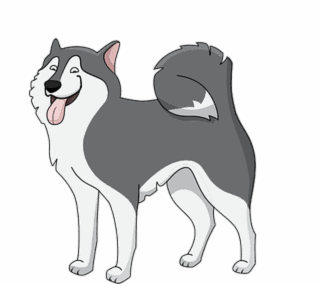What is a trigger point?
A trigger point can be defined as ‘a hyper-irritable spot in a taut band of a skeletal muscle that is painful on compression, stretch, overload or contraction of the tissue. It can cause referred pain that is perceived distant from the spot’ (Travell, Simons and Simons, 2013). In human patients it is sometimes referred to as ‘pea’ shaped’ so it’s not the whole muscle that is in spasm, rather a small point. Trigger points are mainly found in muscles (hence they are normally called myo-fascial trigger points) but are also sometimes found in ligaments, tendons, fascia and even the periosteum of bones.
The pain is most associated with these tiny areas called trigger points (TPs). They can be points, knots or nodules and are formed from tensed contracted muscle segments and fibres or taut and tight bands of tissue Due to the stuck contracted nature of the knots there is a lack of blood supply and consequently lack of oxygen to these parts. Oxygen is required for the muscle to relax so the lack causes it to get more tense. Nerve endings also get squeezed. Also the waste products cannot be dispersed so easily which leads to a build up of toxins.
Due to the stiffness in the area it means surrounding muscles start compensating which means they too can develop TPs causing the pain to start radiating around the body and shifting to different places (fascia in particular does this as it is such a connected web of tissue). TPs can develop on any muscle but more commonly on the postural ones like the neck, shoulder and upper and lower back. The pain and restricted movement means the tendency is for those muscles to get used less which perpetuates the cycle. Compensation means other muscles may get used wrongly or overused.
The issue of referred pain is a major factor in myofascial pain. A TP in the neck or shoulder may refer pain down the arm or else pain may radiate out from the trigger point.
The two main kinds of trigger points are active and latent.
Active TPs produce intense pain in the body either constantly or during movement. They are formed or activated, amongst other things, by acute or chronic muscle overload and will usually produce referred pain. Latent (or hidden) TPs don’t cause pain until they are pressed causing tenderness or a dull aching sensation. Latent TPs require pressure to be applied to them for referral of pain to occur. Both kinds of TPs can refer pain but latent ones do so only when touched meaning the cause of the pain can go undiscovered for a long time.
